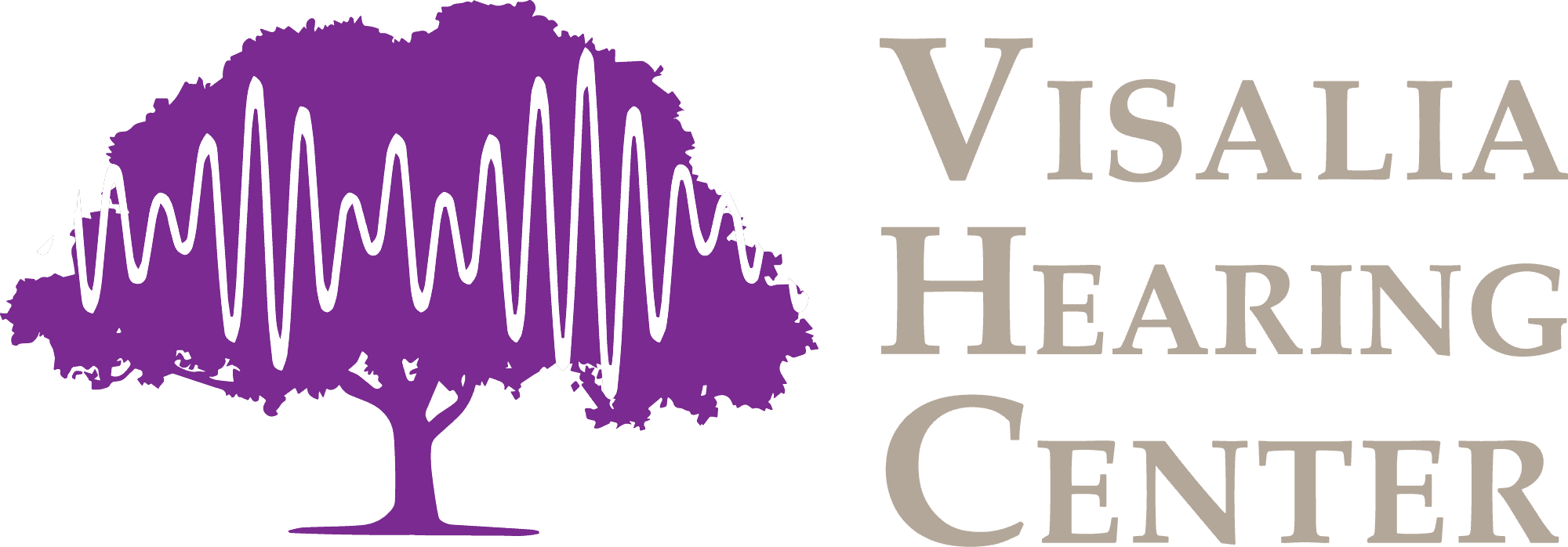Clinic Details
Take advantage of the hearing care our professionals provide by contacting us online or contact us directly at:
Location
Visalia Hearing Center
2316 W Whitendale Ave., Suite A,
Visalia, CA 93277
Office Hours
Mon-Thurs: 8:30am – 5pm
Fri: 8am – Noon
Saturday and Sunday: Closed
A Personal Message From Dr. Dan Finnegan
In today’s world, there is no shortage of places to have your hearing checked, whether it’s through an online test or a “free assessment” at your nearby hearing aid store.
However, just as you wouldn’t rely on the internet or a medical professional offering “no-cost appointments” for a complex medical diagnosis, the same careful approach should apply to your hearing health.
Since launching Visalia Hearing Center, my team and I have proudly helped hundreds of local people and their families to improve their quality of life by delivering a methodical process of audiological best practices. Each step of the patient journey, from the initial consultation through the preventive maintenance and optimization care protocol, is well defined and executed to ensure that each patient is reaching their full hearing potential.
By combining over 15 years of experience, an astute attention to detail, and a long-term view of each patient’s hearing health, with great technology and a big heart & soul, our team has developed a reputation for helping local people optimize their hearing.
If you or someone you care about is worried about their hearing and would like to work with a team that prioritizes your long-term hearing health, we’d love the opportunity to meet you.

Services For You

Diagnostic Hearing Evaluations
Complete Analysis of your Auditory System
Most hearing tests simply aren’t very good. Either only the bare minimum to sell a hearing aid is done, or highly insightful measurements aren’t performed because insurance won’t cover them. Our approach is different.
Whatever data is needed to achieve the desired outcome will be collected. We routinely spend over 40 minutes in the sound booth and are often told that our approach to patient care is the most thorough they’ve ever experienced. Other places only do a hearing test. Visalia Hearing Center provides a complete analysis of your auditory system.

Concierge Based Service
Hearing Care Done Correctly
This isn’t like other places. There’s not a long wait list to book your appointment, you don’t sit in a waiting room waiting on delays and you don’t have rushed appointments where your questions don’t get answered.
This is hands-on concierge style care that ensures that every appointment is scheduled within 2 weeks, over 90% of patients are seen within 5 minutes of their scheduled time, and we often hear that “this is the most time any doctor has spent with me”.
Read what some of your fellow patients share about their experience.

Continued Care and Coverage
Partners On The Journey
Many people believe that the solution to a hearing loss is a hearing aid. Yet anybody that has successfully achieved better hearing will tell you that the most important component is a partnership with an experienced team of hearing care professionals.
Hearing loss is something that will impact you for life, making treatment for hearing loss a journey, not a destination. As your trusted partner, we promise to be alongside you on this journey, helping to navigate the bumps in the road, so that you can gain all the benefits of reconnecting with what matters to you.





















